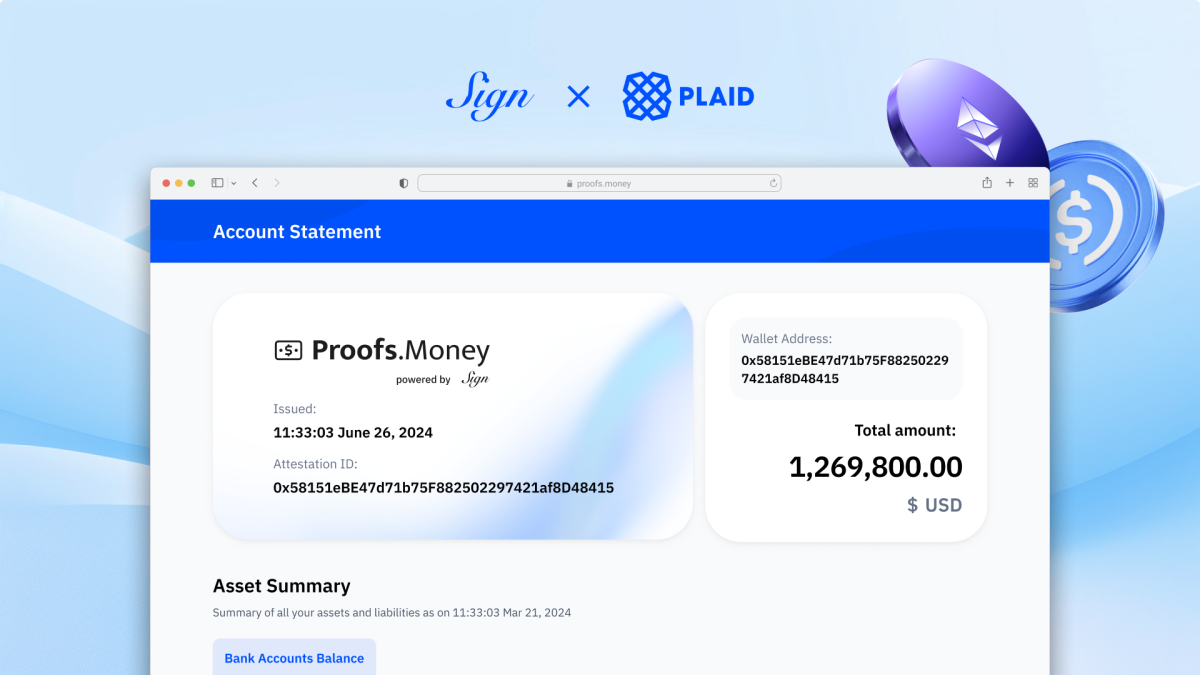Over 11 million LINK staked in half hour as Chainlink staking v0.2 early access goes live

Quick Take
- Early-access launch follows last month’s nine-day “priority migration” period, where existing v0.1 stakers could transition their staked LINK and rewards to the new version.
- Eligible participants now have the opportunity to stake up to 15,000 LINK.

Early access to Chainlink Staking v0.2 has gone live, and more than 11 million  LINK
+1.52%
were staked in first 30 minutes, according to a statement.
LINK
+1.52%
were staked in first 30 minutes, according to a statement.
The early-access launch follows last month's nine-day "priority migration" period where existing v0.1 stakers could transition their staked LINK and rewards to the new version. Chainlink Staking v0.2 comes with an expanded pool size of 45 million LINK.
Decentralized computing protocol Chainlink is crypto's most popular oracle network that provides external, real-world data to blockchain applications. Chainlink staking first went live a year ago. The move increased utility for the token and enabled LINK holders to back the performance of oracle services. Holders can earn rewards for helping to secure the network.
Initially it was accessible exclusively for staking in order to secure the Ethereum  ETH
-0.048%
/USD price feed. The pool was capped at 25 million LINK tokens.
ETH
-0.048%
/USD price feed. The pool was capped at 25 million LINK tokens.
Stake up to 15,000 LINK
With the early access, "eligible participants now have the opportunity to stake up to 15,000 LINK," according to the statement. "Early Access lasts for four days, before Staking v0.2 enters General Access, where anyone can stake up to 15,000 LINK, provided the pool hasn’t yet been filled."
The 45 million LINK represents "8% of the current circulating supply," according to the statement.
With this new version, Chainlink aims to provide a more flexible unbonding mechanism that allows stakers to withdraw their staked tokens more efficiently. It is also meant to improve security guarantees. The modular architecture aims to facilitate greater adaptability, which will facilitate the incorporation of future upgrades and improvements with greater ease.
Disclaimer: The Block is an independent media outlet that delivers news, research, and data. As of November 2023, Foresight Ventures is a majority investor of The Block. Foresight Ventures invests in other companies in the crypto space. Crypto exchange Bitget is an anchor LP for Foresight Ventures. The Block continues to operate independently to deliver objective, impactful, and timely information about the crypto industry. Here are our current financial disclosures.
© 2023 The Block. All Rights Reserved. This article is provided for informational purposes only. It is not offered or intended to be used as legal, tax, investment, financial, or other advice.



